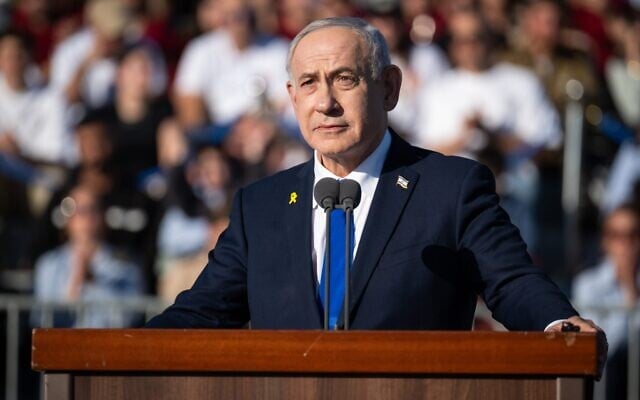 In a remote mountain pass connecting the Pacific Coast to the interior of British Columbia, a region brimming with wild berries and populated by grouse and grizzly bears, felled and painted trees have been laid across a logging road to form an enormous message. Directed at air traffic, it reads “No pipelines! No entry!” The warning marks off land where the government of Canada and a First Nations clan hold irreconcilable views of what should happen to a 435-square-mile area each claims as its own.
In a remote mountain pass connecting the Pacific Coast to the interior of British Columbia, a region brimming with wild berries and populated by grouse and grizzly bears, felled and painted trees have been laid across a logging road to form an enormous message. Directed at air traffic, it reads “No pipelines! No entry!” The warning marks off land where the government of Canada and a First Nations clan hold irreconcilable views of what should happen to a 435-square-mile area each claims as its own.
Starting in 2009, the government of Canada began to issue permits for a pipeline corridor to link British Columbia’s fracking fields and Alberta’s tar sands with export facilities and tankers on the Pacific coast. Seeking to become a global energy superpower, Canada staked its economic future and legislative agenda on the rapid expansion of its resource and fossil fuel sectors, envisioning pipelines as the arteries of trillion-dollar hydraulically fractured gas and bitumen industries.
That year the Unist’ot’en clan of the Wet’suwet’en nation began to establish a permanent community directly in the path of three approved projects — Enbridge’s $6.1 billion Northern Gateway, Chevron’s $1.15 billion Pacific Trail Pipeline and TransCanada’s $3.7 billion Coastal GasLink. These pipelines were to run through land that Unist’ot’en were forced from in the early 1900s, and after reoccupying the territories, the clan banned all pipelines under a hereditary governance system that predates Canada.





 Jaber al-Attar, a 51-year-old doctor living in northern Gaza, was elated when the news arrived of...
Jaber al-Attar, a 51-year-old doctor living in northern Gaza, was elated when the news arrived of... Israel is working to gain as much independence as possible in its weapons production, Prime Minister...
Israel is working to gain as much independence as possible in its weapons production, Prime Minister...






























